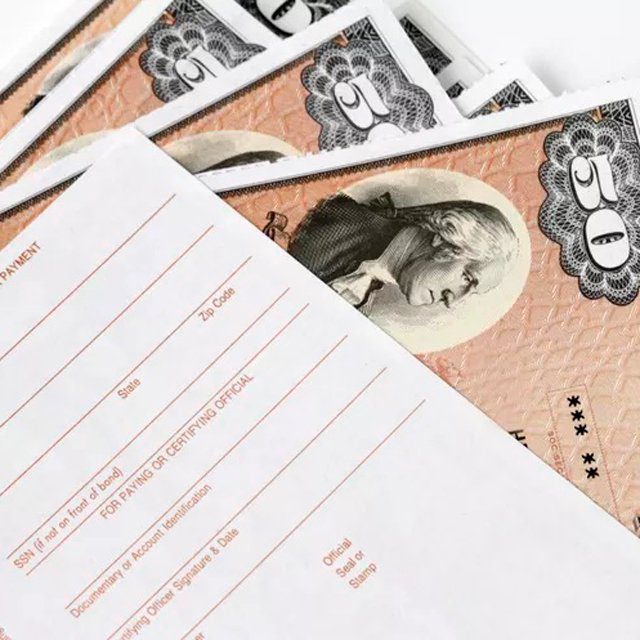Just Two Weeks Left to Secure 6.9% I Bond Interest Rate.

“Our opinion on I bonds was that the opportunity to utilize I bonds for a financial portfolio has likely passed. Of course the variability of client scenarios always could offer a challenge to this statement,” Jon McCardle, president, Summit Financial Group of Indiana, said via email.
“When corporate and high yield as well as other marketable securities offer a better risk-adjusted return, we believe it would be better to keep cash as a portion of liquidity while maybe utilizing laddered CD’s for another required liquidity portion while the Fed keeps increasing rates,” McCardle explained.
“Place the rest strategically around the markets in varying degrees of risk according to the client’s financial needs and risk tolerances,” he added.
Jon Luskin, Luskin Financial Planning owner, said via email that investing in I bonds is reasonable as long as clients understand the one-year lock-up, the three-month-interest surrender penalty in the first five years, and that the interest rates change every six months.
“Also, there’s the ‘return-on-hassle’ factor. The Treasury Direct website isn’t great — and with only a limited amount of I bonds you can purchase anyway, it’s not going to make a real difference in one’s long-term finances,” Luskin said.
“And if you’re not already using Treasury Direct, consider what adding another account means for you and your finances: more complexity. This is especially important if you’re partnered, and your partner doesn’t have the same financial aptitude you do. Do you want to leave them another account to manage in the worst case of your death, disability, etc.?” he added.
Worth the Hassle?
Jim Williams, chief investment officer at Creative Planning, generally considers investing in I bonds to be “not worth the hassle for investors with a significant asset base. It can make more sense for investors with a modest amount of investable assets,” he said via email.
Because I bonds aren’t marketable securities, they can’t be held in brokerage accounts and the client would need to buy one on Treasury Direct, he noted.
The fixed rate is often 0%, which leaves no additional yield above inflation. And since clients must pay federal income taxes on the return when they redeem, a 0% fixed-rate component would mean the after-tax return is less than the inflation rate, he said.
“Obviously, the inflation component of the yield is way more attractive than the current real rate of non-inflation-linked bonds,” Williams pointed out.
“The biggest question that an investor needs to ask themselves is, with a cap of $10,000, is it worth the hassle of going through the process of buying I bonds or does it needlessly complicate their life with limited expected difference in outcomes,” he explained.
(Image: Shutterstock)




